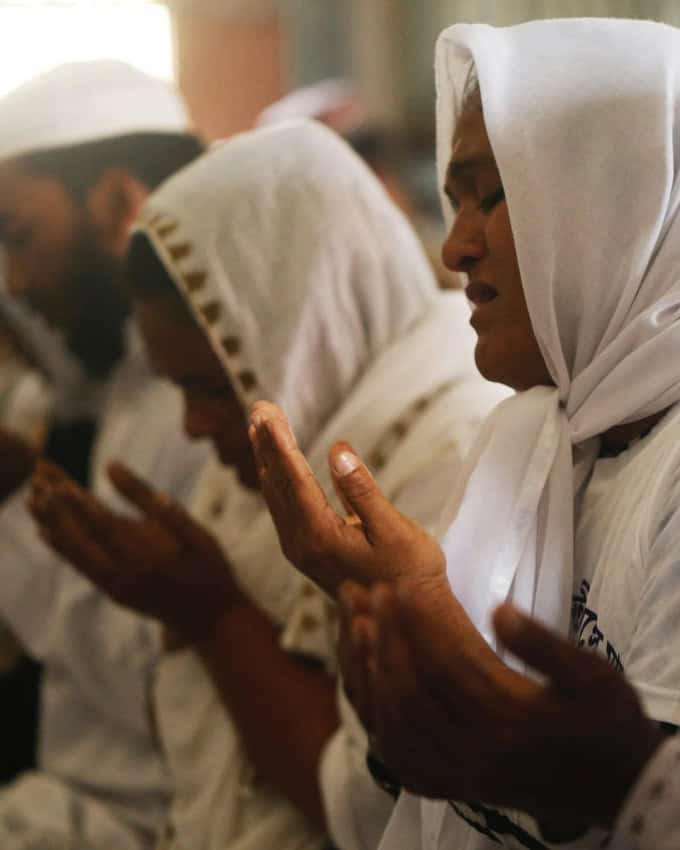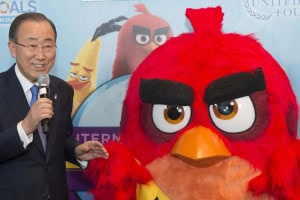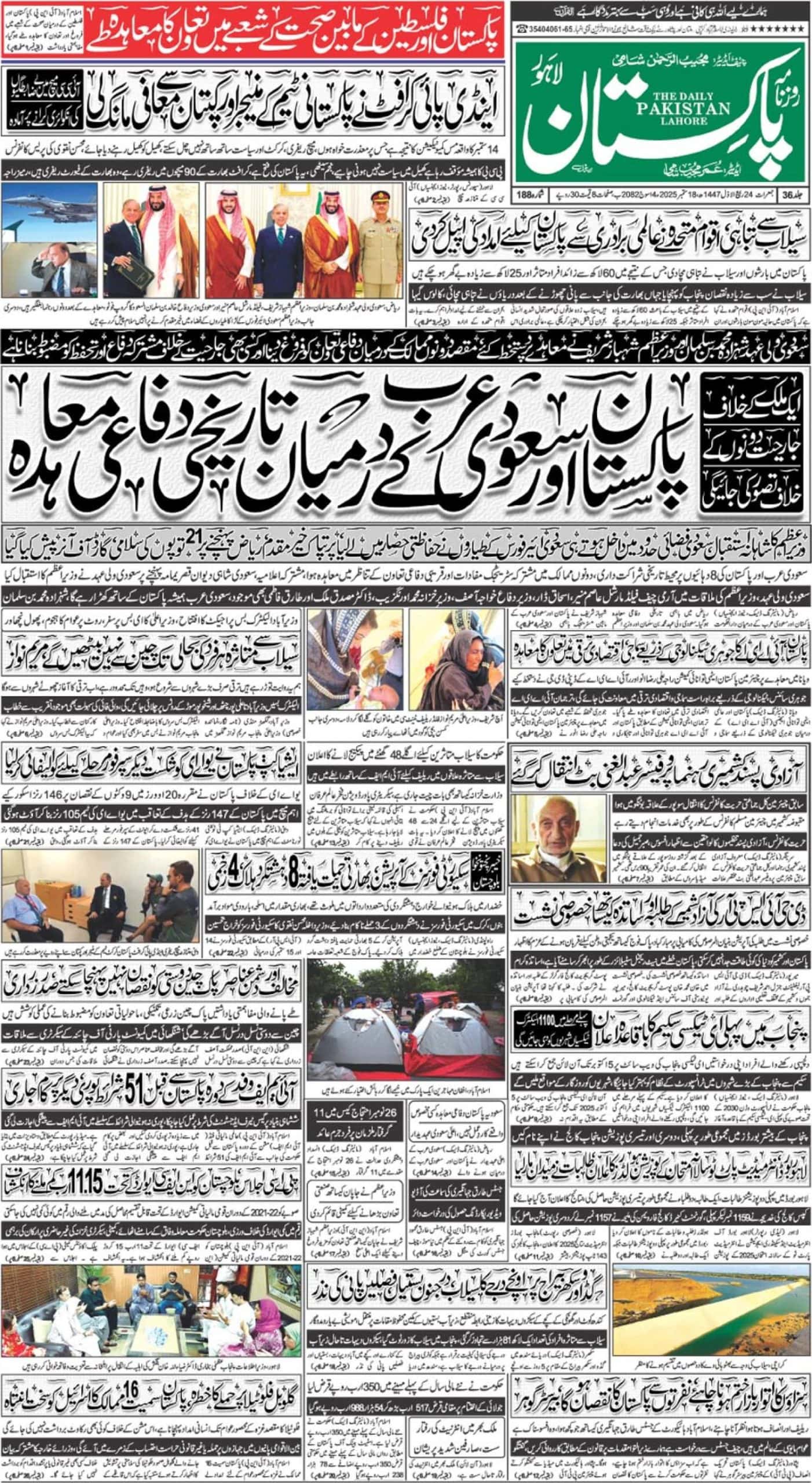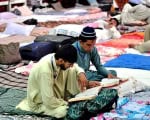Bangladesh has built the first mosque for transgender people in Mymensingh, north of Dhaka. The Dakshin Char Kalibari Masjid has become the first place of worship for the third gender in Bangladesh, marking a significant milestone for the local transgender community.
The initiative was taken after some people expelled transgender people from a local Islamic congregation. The Bangladeshi government generously provided the land and the community established the mosque through collective donations. Notably, the mosque includes a graveyard, addressing the refusal of a local cemetery to bury individuals from the transgender community.
Imam Abdul Motaleb, aged 65, emphasized that the persecution faced by transgender people contradicts teachings, asserting, “They are like any other people created by Allah.” He stressed the universality of humanity, affirming that regardless of gender identity, all individuals have the right to pray as ordained by Allah through the Holy Quran.
Despite its humble single-room shed structure, the mosque stands as a groundbreaking institution in Bangladesh, offering transgender people a space to pray without inhibition. Mufti Abdur Rahman Azad, who oversees a charity for the community, highlighted its significance as the first of its kind in the country.
Sonia, aged 42, expressed her profound gratitude, recounting her childhood love for reciting the Holy Quran and her subsequent exclusion from mosques upon coming out as a transgender person. Now, with the establishment of this mosque, she rejoices, stating, “Now, this is our mosque. Now, no one can say no.”
While Bangladesh officially recognized the third gender in 2013, transgender people continue to grapple with societal challenges. They endure limitations in property ownership and marriage rights, encounter discrimination in employment, and are disproportionately subjected to violence and poverty. Furthermore, extremist factions have actively campaigned against the inclusion of the third gender in educational materials.
















